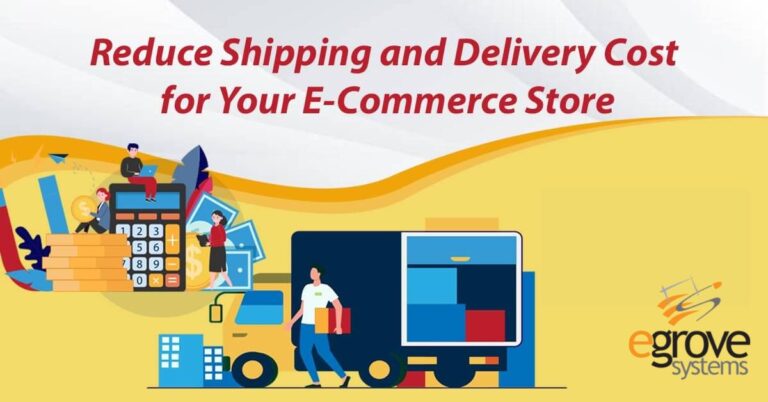Selling on a mobile app can bring more sales and lead to stronger customer loyalty, so every business wants to get in on the mobile trend. However, mobile apps have their own costs and fees that can be obstacles to getting started. Here are some considerations that will help you keep the costs of your mobile app low.
- Avoid Third-Party Platforms
Restaurants have seen third-party delivery grow rapidly through platforms like DoorDash and Uber Eats. Especially during the pandemic, demand has been high for restaurant food delivery. Third-party apps expose businesses to a large new audience; however, very often they won’t bring lasting customers. In addition, they tend to charge high fees for marketing and take commissions of 20-30 percent on each order. Alexandria Dazlich of the Nevada Restaurant Association said “Grubhub charges a 20% marketing fee, 10% delivery commission and 3% processing fee, totaling more than 30% for the cost of one order.” These costs may cancel out the benefits of a higher volume of sales.
Other types of retailers face similar decisions when it comes to using marketplace platforms such as Amazon. They also charge fees for use and commissions, plus requiring duplicated labor to add new products to their inventory. The average Amazon seller gives 15% to Amazon for their sales. eCommerce businesses need to decide whether it’s worth a greater level of exposure if they are losing a percentage of each sale. For products with tight profit margins, it is often more worthwhile to avoid third-party sales and concentrate on direct online sales.
Use Affordable Platforms
Creating an eCommerce platform was difficult in the past, but technologies such as Shopify and Magento are readily available now, so businesses can set up their own platforms that integrate inventory, sales, payment, and delivery into a single solution, including mobile app support. Mobile makes up the majority of Internet use and mobile apps make up as much as 90% of mobile device usage.
Platforms need to be scalable to the business’s needs. Starting out, a business that mainly sells through other sales channels can’t be sure how many monthly sales they can expect from their online customers. Along with technical obstacles, this makes companies reluctant to invest heavily in their online channels.
Read also:The 6 Steps to Integrating your POS and eCommerce Site
Popular business models of eCommerce platforms are designed to require minimal investment from online sellers. Often, they offer a subscription model where the business pays a regular fee monthly or annually rather than paying full price upfront. This is a great solution for many businesses who are willing to launch their online sales platform without having to pay commissions on each unit, only the subscription fee.
Some businesses may still want to get access with less upfront investment. For them, a popular option is getting a number of monthly orders for free, and paying commissions on additional orders if they exceed expectations. For instance, the business can get 500 monthly orders for free and pay 1% for each additional order. If they only get a low amount of orders in a month, then they pay nothing, and if they get more, they only need to pay based on the additional orders. Plus, if the business does start to reliably sell a greater number of orders in a month, they can change the business model to a fixed subscription with no commission.
Online sales platform providers may also follow this practice based on the number of items listed, letting businesses with only a few items list their whole inventory free but charge for inventories of 500 or more product SKUs.
Get Scalable Platforms
Businesses that are looking to expand their online presence have many options to start out small without spending much, or get eCommerce services for free for a limited number of orders. The important thing to remember is that business conditions can change rapidly. They should choose a platform with multiple business models that is friendly to newcomers to eCommerce but adaptable to changes as the business grows. If businesses sell more than 500 orders in a month, it’s time to transition to a more affordable model without having to switch platforms.
Other appealing features for growing businesses, such as multi-store management and POS integration, can make the choice easier. Businesses don’t need to be afraid to enter eCommerce without spending too much money or time getting started.







